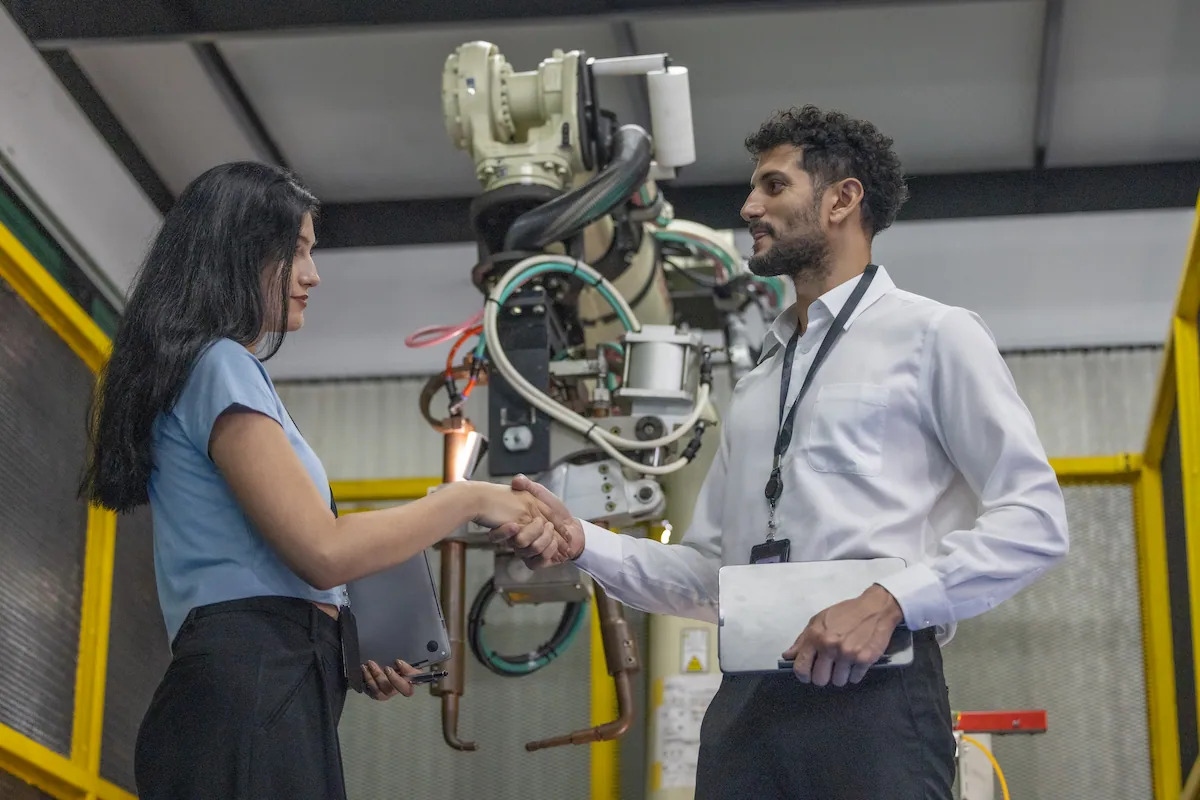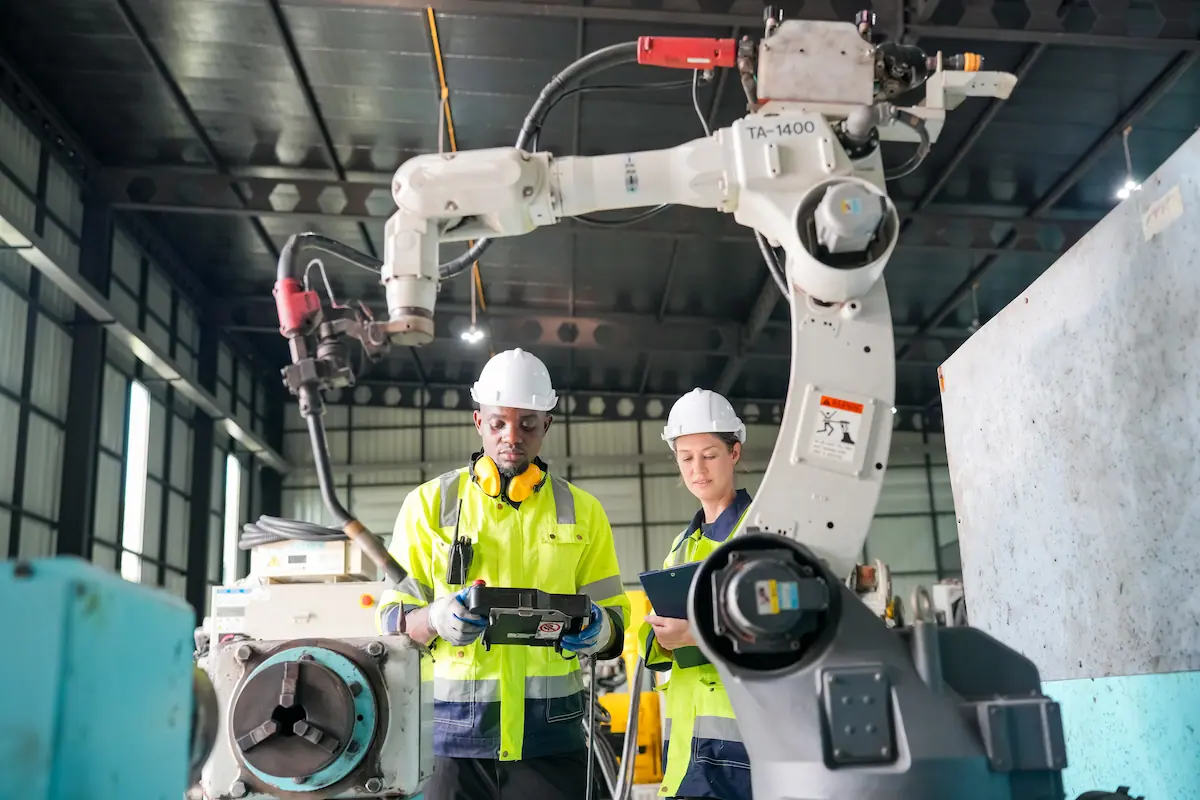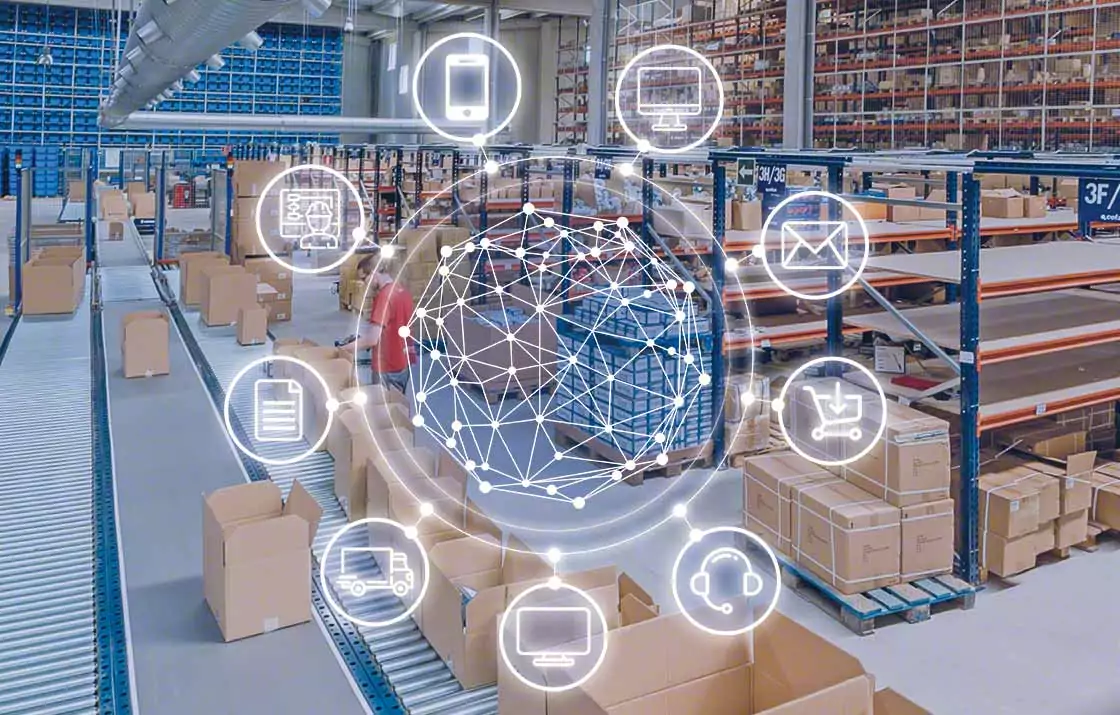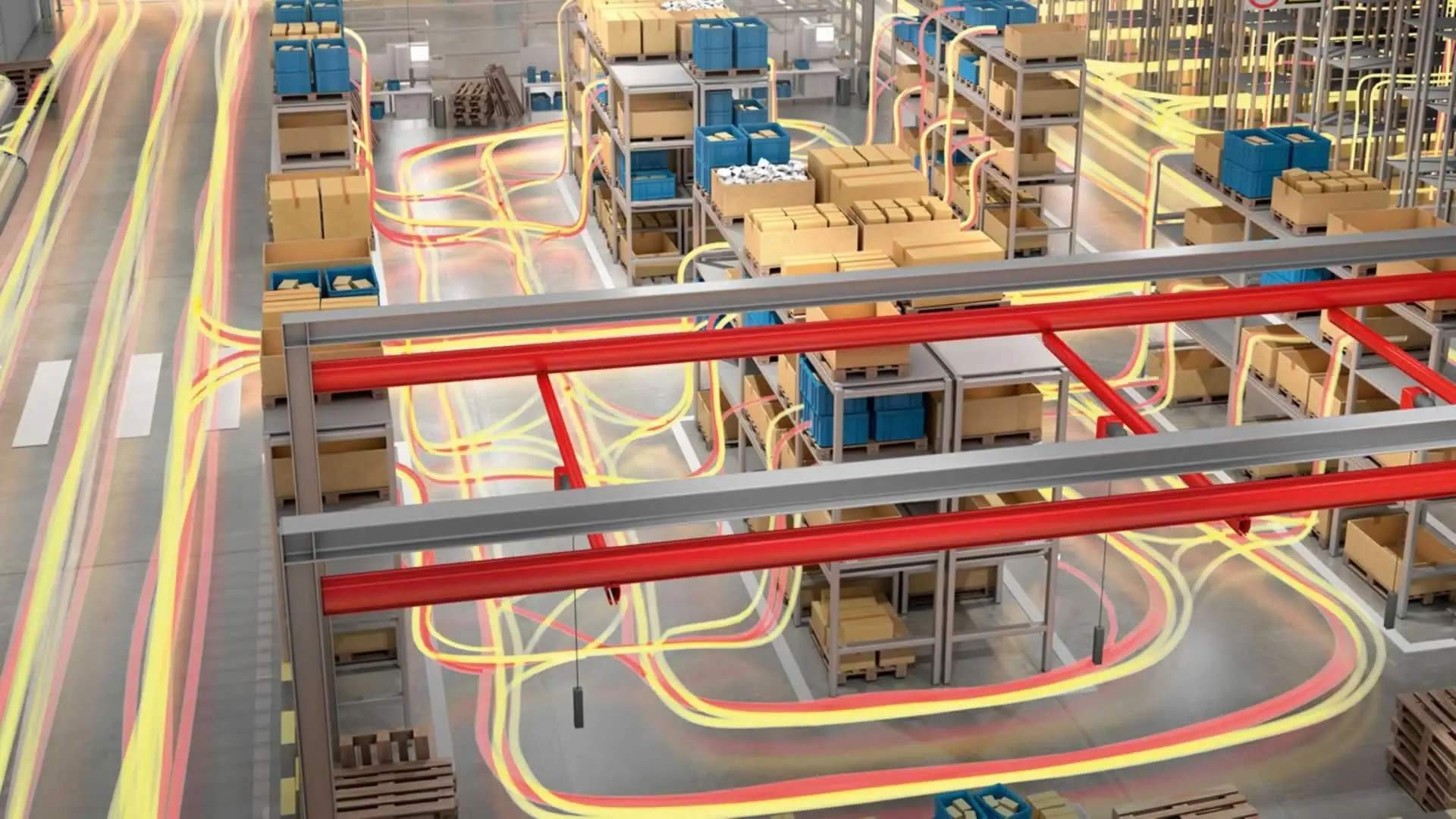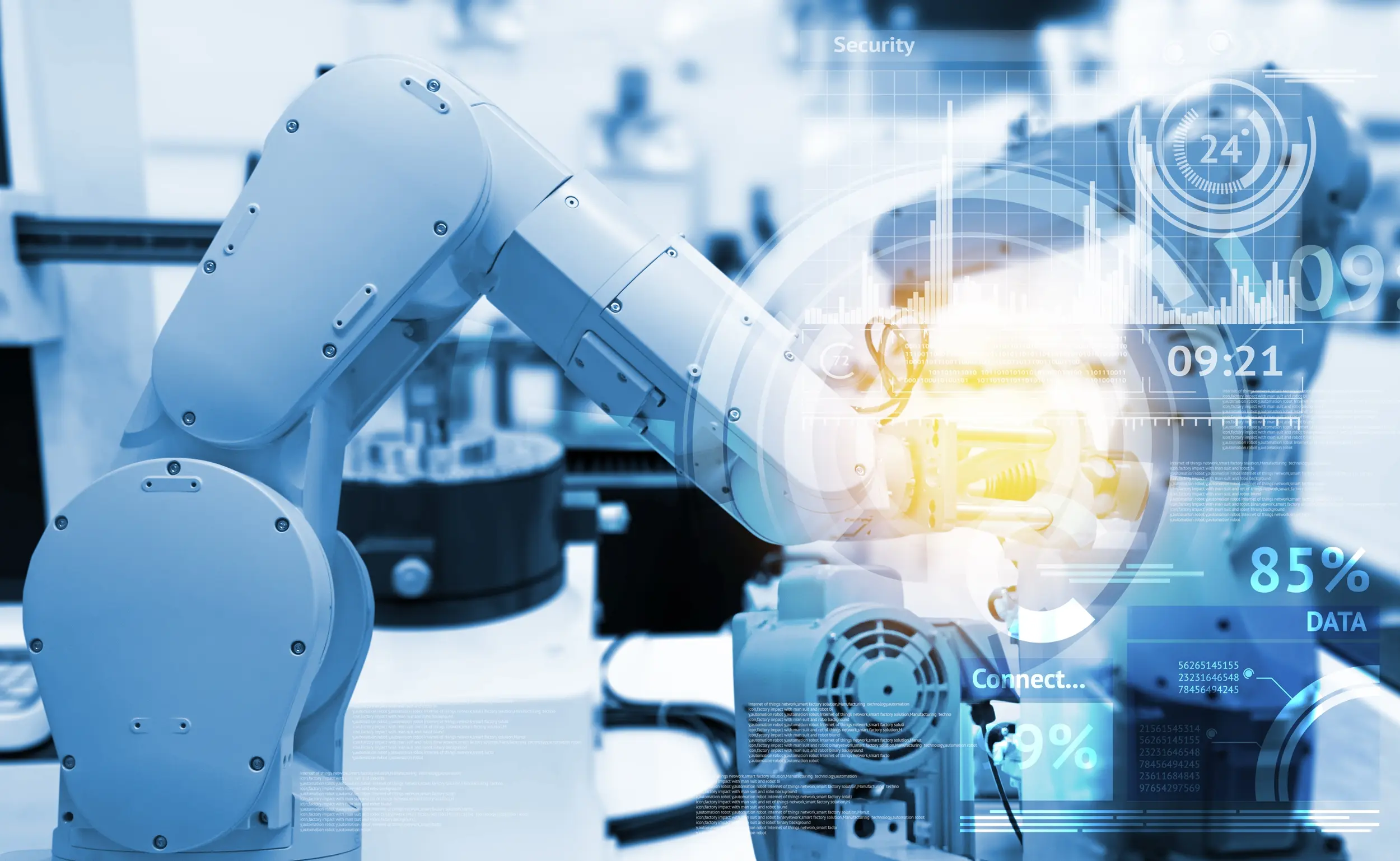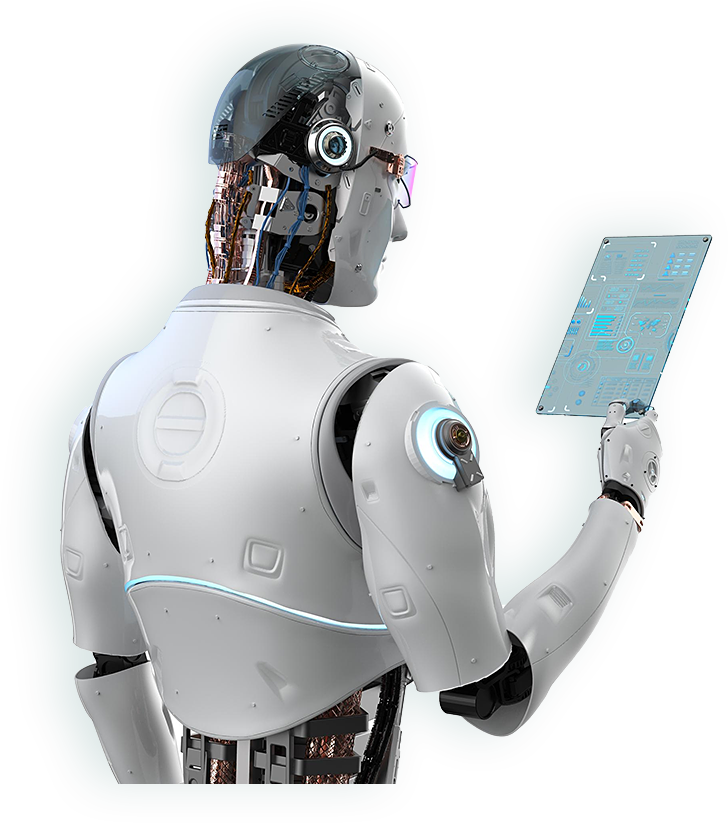Content index
ToggleLet's dispel a myth. Although classical robotics has accustomed companies to seeing robots as very cumbersome and not very functional means in small spaces, especially for issues related to safety in the workplace, the Cobots reverse this trend.
Collaborative Robots, in fact, are specifically designed to be flexible and adaptable to different working environments, including narrow spaces.
It all lies in their small size and their equipment in terms of sensors and cameras, which allow them to detect nearby obstacles and avoid collisions.
This is what makes Cobots particularly suitable for working indoors corporate spaces and warehouses, even small ones, in which the presence of obstacles and crossings with human operators are more frequent.
The last of the aspects mentioned also falls into the fundamental characteristics of a collaborative robot.
Its main peculiarity is precisely that of being designed to work alongside and in full collaboration with human operators.
Thanks to their small footprint, they can also fit into existing cells and workstations, interfering minimally with the use of spaces.
Why focus on Cobots even in small companies and warehouses?
The imperative is to improve efficiency.
A term that implies too many aspects, we know this, so let's start immediately with 5 aspects, equivalent to 5 improvements, that cobots can make if inserted into even small-sized business ecosystems:
- Process automation: Cobots can be programmed to perform repetitive and tedious tasks, such as picking & placing, quality control, labeling and packaging.
- Safety: Cobots are designed to work safely alongside humans and navigate obstacles. They are equipped with sensors and safety systems capable of identifying the best routes and immediately stopping their movement if there is a risk of collision with objects or people.
- Flexibility: Cobots are easily programmable and can be adapted to different tasks and work environments. This allows small businesses to be more flexible and quickly adapt to changing market needs.
- Cost reduction: compared to traditional robots, cobots also have lower costs in terms of maintenance. They can also reduce the number of people needed to manage work cells, freeing up time for human employees to focus on more complex and/or creative tasks.
- Greater productivity: cobots increase company productivity, in fact they carry out strenuous activities at a higher pace and without getting tired. They work on continuous cycles without breaks and, in some cases, can also be introduced into "lights out" production shifts.
Thanks to their small size, they are also easy to move from one point to another in the work area. Simply reprogrammed for use in a wide range of tasks, they ensure fast and flexible production, even in the event of rapid changes in production cycles.
The limits of traditional robotics disappear.
Integrating collaborative robots into small companies is the real answer to those who, with good reason, have so far raised major doubts about the solutions proposed by traditional robotics.
Among its biggest limitations is first and foremost the need for considerable environmental enrichment, impossible to achieve in small spaces. The design of a robotic company line, with traditional technologies, involves the implementation of a structure that is not easy to modify over time.
A warehouse based on traditional robotics, for example, is characterized by the collateral need for large systems, power systems and security fences. Furthermore, a considerable initial investment, as well as high maintenance costs.
Traditional robotics also entails other major disadvantages. First of all, one imperfect integration with human work.
Static in their position and tasks, in fact, traditional robots act mechanically, narrowing the field of possible interactions with human operators. Nonetheless, given their specific technical peculiarities, they require careful precautions regarding safety of the workers who activate them or who operate even in the vicinity.
Finally, to the static nature of the operations that traditional robots can perform, there is also programming that requires a lot of time and a high level of specialization.
This is why collaborative robotics, and cobots like the our todrobot TR1, represent the ideal solution in this sense, bypassing the environmental enrichment needs of traditional robotics.
This is thanks to: small dimensions, perfect autonomy of movement and great operational flexibility.
A cobot like todrobot TR1 lends itself to doing different actions and tasks, thanks to the possibility of being reprogrammed simply and without the need for the intervention of specialized operators, the staff already present in the company will be sufficient.
Thanks to its intelligent optical system (3D viewer with AI), todrobot TR1 it is also able to detect the position of targets and interact perfectly with the surrounding environment and with human work.
These characteristics allow a perfect integration with any production line. All without any further environmental enrichment, nothing of the work space will be modified, to the benefit of savings.
No large fuel system is needed; todrobot TR1, for charging, has its own HMI totem. A small charging station equipped with an integrated LCD touch screen display.
It is possible to manage from the same HMI Totem todrobot TR1 thanks to smart WMS, a completely software customizable according to different business needs. The operators already present in the company will reprogram the cobot, guided by the smart WMS in simple steps, assisted by the software itself.
Increase in staff? No, training 4.0
We close by debunking another myth: specialized workers are not needed to manage the cobots, we reiterate this and explain why below.
Unlike traditional automation solutions, cobots are in fact simple to use and, over a short period of time training, collaborators already present in the company can learn to program and reprogram them, "teaching" the cobots the actions to carry out.
After all, the digital transition of a company inevitably also involves what it defines itself as 4.0 staff training, so that it can be put in a position to interact perfectly with the new tools hardware and software 4.0.
The inclusion of cobots in the automated production lines of companies therefore does not exclude the fundamental contribution of human capital and, indeed, tends to support and enhance it.
In this sense, it is essential that staff are trained and followed, step by step, by professional figures capable of providing all the tools for what we could define as the "digital evolution" of human capital.
After all, the digital transition of a company inevitably also involves what it defines itself as 4.0 staff training, so that it can be put in a position to interact perfectly with the new tools hardware and software 4.0.
The inclusion of cobots in the automated production lines of companies therefore does not exclude the fundamental contribution of human capital and, indeed, tends to support and enhance it.
In this sense, it is essential that staff are trained and followed, step by step, by professional figures capable of providing all the tools for what we could define as the "digital evolution" of human capital.
Once again it is our highly qualified team that can intervene, ensuring a complete training and constantly following companies in this process with a constant presence and targeted updates.

